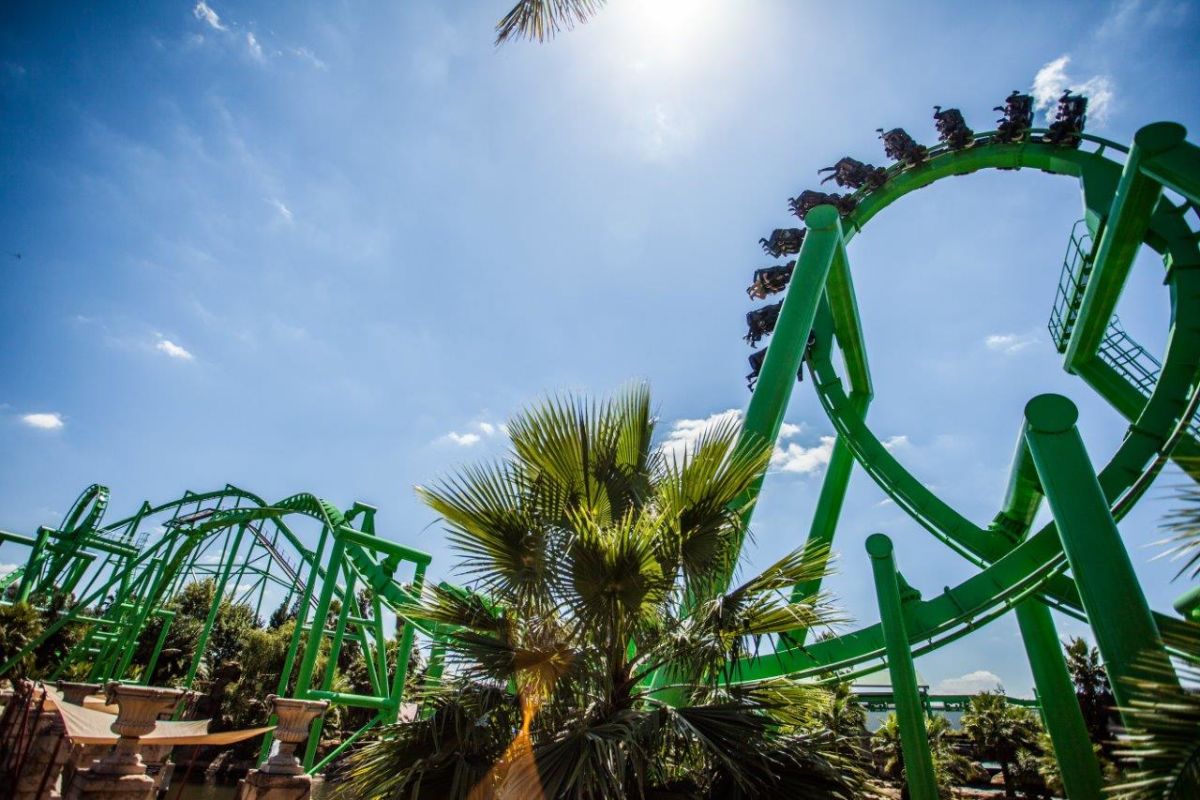Johannesburg North Attractions Can Be Fun For Anyone
Table of ContentsSee This Report about Johannesburg North AttractionsJohannesburg North Attractions for Dummies3 Easy Facts About Johannesburg North Attractions ShownIndicators on Johannesburg North Attractions You Should KnowWhat Does Johannesburg North Attractions Mean?Some Of Johannesburg North Attractions
The city expanded on the side of the Witwatersrand Key Coral reef, a subterranean stratum of gold-bearing quartz-silica empire that arcs for hundreds of miles under the Highveld - Johannesburg North attractions. Most of the gold mines in the city ceased operation in the 1970s, but in its day the Witwatersrand gold market accounted for even more than 40 percent of the globe's annual gold production.Johannesburg has a temperate climate. Summertime temperature levels average regarding 75 F (24 C); winter season temperature levels balance about 55 F (13 C) and only occasionally dip below freezing. The city appreciates concerning 8 hours of sunlight daily in both winter and summer. Rainfall averages about 28 inches (700 millimetres) per annum, however the overall varies significantly from year to year.
What rainfall the city gets falls virtually specifically in the summer season months, usually in amazing late-afternoon electrical storms., where lots of homeowners still count on coal for gas.

Rumored Buzz on Johannesburg North Attractions
The equilibrium of the city is occupied by whites. Holiday accommodation varies in personality and top quality.
Physical development, although rather restricted by transport, continued promptly as immigration to South Africa, and Johannesburg particularly, boosted significantly. This problem was solved in the 1930s when the vehicle was presented in mass production to South Africa. Automobiles were, essentially, restricted to the wealthy, and allowed them to move to the north of the city and commute right into the centre.
A lot of inadequate suburbs were blended, with inadequate blacks and whites cohabiting, although the rich residential areas were usually scheduled for whites. This transformed with the election of the National Celebration in the 1948 political elections, that began to formalise the system known as racism. Discrimination officially marked which suburbs each race can stay in under the Group Areas Act.
The previous system of eleven numbered areas was reorganised in 2006. Marshalltown, as seen from the top of the Carlton Centre. The M1 and M2 run behind the structures, and the southerly suburbs prolong past the freeway boundary. The inner city of Johannesburg is situated within the city's Area F. The number of people living in the internal city on an informal basis is unidentified, as numerous are unlawful immigrants. The unemployment, education, and age accounts of the area are all unidentified, due to the trouble of getting reliable details regarding the area.
Everything about Johannesburg North Attractions
Yeoville use this link and Bellevue have a mix of apartment structures and single property units on little lots. The area lies on a mountainous divide that runs from eastern to west. The most noticeable geographical feature is Observatory Ridge, which is called for the big observatory situated on it. The entertainment spaces are no much longer used, because of security problems.

Johannesburg Arena, a training school for both the Golden Lions and Orlando Pirates, is surrounding. The eastern suburbs of Johannesburg are situated in the city's 7th [] and 9th [] regions. The location is likewise functionally integrated with East Rand boundary towns outside of the main limit of Johannesburg, such as Bedfordview and Edenvale (both part of Ekurhuleni Metropolitan District).
A Biased View of Johannesburg North Attractions
The eastern residential areas are some of the oldest areas of Johannesburg, there are huge areas of Jewish and various other European histories, the bulk of the population is English talking. There are three golf training courses as well as a number of protected ridges with viewsites.
Initially constructed to house male migrant employees, lots read of have been improved as homes for pairs and family members. The suburban area was not historically allowed to create work centres within the area, so practically all of its residents are travelers to various other parts of the city.
How Johannesburg North Attractions can Save You Time, Stress, and Money.
The N1 Western Bypass links the northern residential areas with the north-western suburban areas. The property areas in the northern residential areas are generally formal, without any significant areas of casual housing, or real estate that does not have a long-term framework. This is a recognized location, there is a trend of land use modification from domestic to industrial, specifically along main arterial roads and around well established nodes.
The area is well attached to road networks, especially along the north-south axis developed by the M1 and N1. Roadways to the east and west are less well established, as there are no freeways travelling in that direction. Towards you can try this out the northern boundary of the city, the thickness of growth lowers, leaving huge locations of primitive land around Midrand.
The Greatest Guide To Johannesburg North Attractions
, which is situated on a hill forgeting the inner city and Hillbrow.